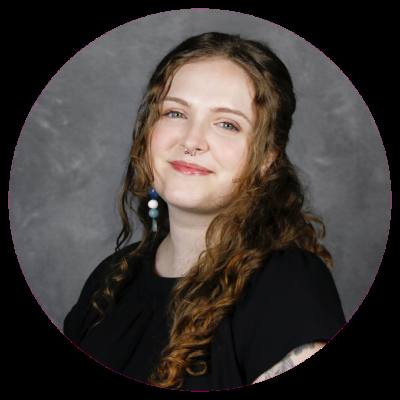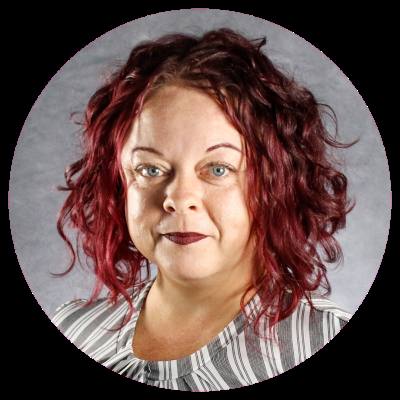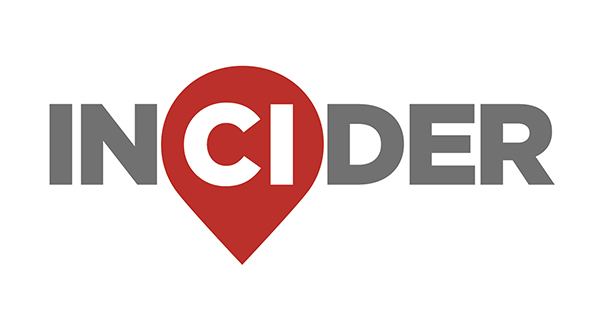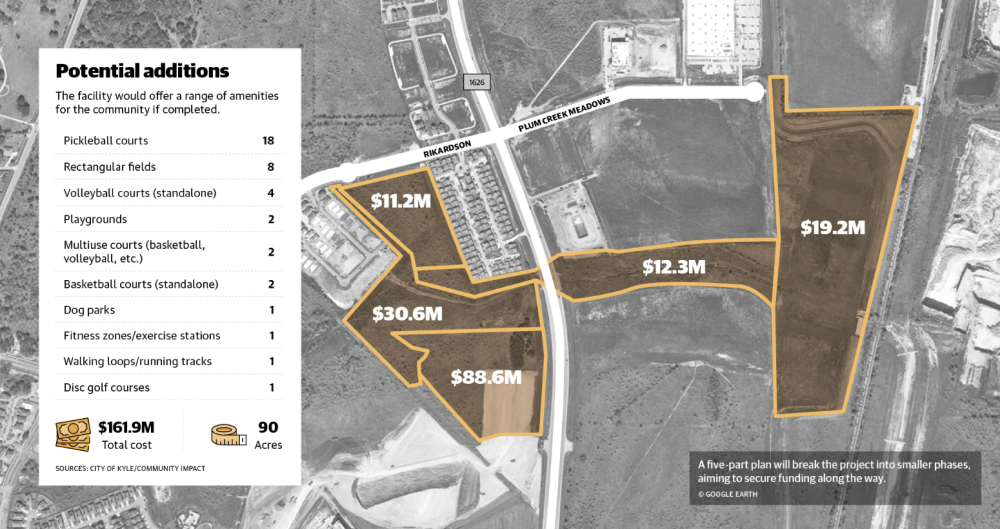
The overview
On July 16, city leaders approved the final master plan for the 90-acre, $161.9 million recreation and sports destination. Using the five-phase plan as a development guide, officials envision the site becoming a year-round hub for sports and community connection—though funding challenges remain ahead.
“Is it going to happen overnight? No. We’re limited by funding, right? But we’re going to do all we can,” said District 2 council member Robert Rizo, adding that he is excited to begin work on the first phase, which is budgeted at $33 million. “The youth of Kyle deserve this,” District 5 council member Marc McKinney said. “It’s a worthwhile investment.”

In addition to sporting events, trails and green spaces will be open to the public, as well as a dog park, splash pads and more.
The future of the project, though, rests on finding funding to build and operate the facility.
District 2 Council Member Robert Rizo stressed the importance of curating a local-level sports center over regional, paid-competition teams, noting that local sports are more financially inclusive.
“It’s going to be a huge investment one day,” Rizo said. “Is it going to happen? We don’t know. We’re just adopting the plan right now. Maybe one day the voters will say, ‘Let’s make it happen,’ right? We have some funding right now to get started—let’s maximize those dollars.”
Mayor Travis Mitchell said the debate does not come down to a choice between keeping a project local or having it privately funded.
“Both of those things have to happen simultaneously in order for this project to succeed,” Mitchell said.
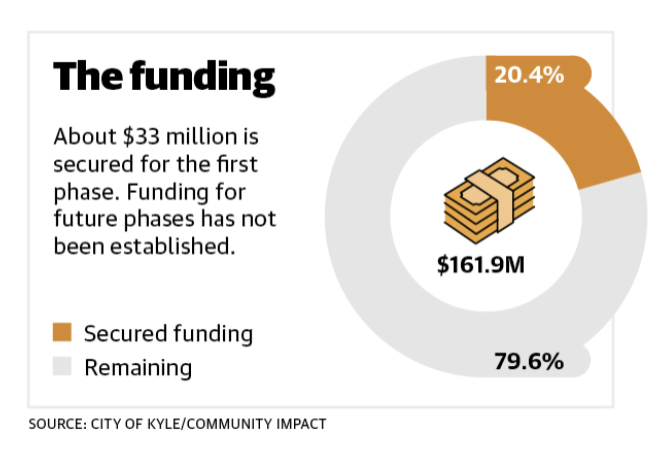
The cost
The project would serve residents and attract visitors, Mitchell said, noting that this would be another community benefit as tournament traffic would likely generate additional revenue to help cover ongoing operating costs.
City Manager Bryan Langley said the city has set aside $33 million, or about 20% of the $161.9 million project cost. Of that, $14 million comes from a 2020 voter-approved bond. The rest comes from various funds and sources in the capital improvements program spending plan, including an interlocal funding match from Hays County.
That $33 million will be used for the first phase, which includes sports fields, trails and more.

The input
Mark Maldonado, founder of Urban Alchemy Collective, the community development and urban planning firm behind the plan, said officials explored two design approaches—one focused on high-capacity tournament facilities and the other on community wellness and environmental integration—and ultimately chose a blend of both.
Maldonado said more than 4,000 responses were gathered, which revealed a strong interest in trails, playgrounds and athletic courts—particularly for soccer, basketball and volleyball—along with requests for inclusive play areas, aquatics and shaded gathering spaces.
During the July 16 meeting, as well as a town hall called by District 6 council member Michael Tobias in early August, residents raised concerns about the budget, traffic impacts, maintenance and potential exclusive tournament use.
“This is ... a phased approach,” said Mayor Pro Tem Bear Heiser. “It is a long-term vision; it’s not something that is expected to happen all at once.”

The timeline
The city will use the master plan as a guide for future development. Officials said residents can expect to stay engaged in the project.
Sienna Wight contributed to this article.


